Kingston Area History – Overview and Articles – Indigenous Peoples
The Indigenous Peoples of the Kingston Area
The area now known as Kingston, NY, was originally the homeland of the Esopus people, a subgroup of the Lenape (or Delaware) nation. The Esopus, like other Lenape groups, thrived in the Hudson Valley for millennia, long before European contact.
The Esopus were not just hunter-gatherers; they were also adept farmers, cultivating crops like corn, beans, and squash. They established villages along the Hudson River and its tributaries, living in longhouses constructed from bark and wood. Their diet was supplemented by hunting game and fishing, and their communities were known for skilled craftsmanship in basket weaving and pottery.
While the Esopus sought peaceful relations, tensions escalated with the Dutch settlers in the 1600s. The Dutch, driven by expansion and trade, encroached upon Esopus lands. Tragically, some Dutch settlers took Esopus individuals, particularly women and children, as slaves. This, among other grievances, led to a series of conflicts known as the Esopus Wars.
By 1661, after enduring significant strife, the Esopus were compelled to sign a peace treaty with the Dutch. This treaty not only marked the end of hostilities but also resulted in the Esopus ceding significant portions of their ancestral lands. They were relocated to areas in present-day Ulster County. The subsequent years saw a decline in the Esopus population, exacerbated by diseases introduced by Europeans and further territorial pressures.
Long time Kingston Historian, Ed Ford, discusses the early interactions between the settlers and the Esopus
Today, descendants of the Esopus, as part of the broader Lenape diaspora, continue to honor their heritage. While their numbers in the region might be limited, their efforts to preserve and promote their culture and traditions remain vibrant.
Noteworthy Aspects of the Esopus Culture:
- Language: The Esopus spoke a dialect of the Lenape language, which is part of the larger Algonquian language family.
- Spirituality: The Esopus had a profound spiritual culture, with ceremonies, rituals, and beliefs deeply connected to the land and nature.
- Craftsmanship: Beyond their noted basket weaving and pottery, the Esopus were also known for their intricate beadwork and carvings.
The legacy of the Esopus in the Kingston area is undeniable. Their history, marked by both thriving communities and profound challenges, serves as a testament to the rich tapestry of cultures that have shaped the Hudson Valley. It’s essential to remember and respect the contributions and sacrifices of the Esopus and all indigenous peoples.
Articles About History of the Kingston Area
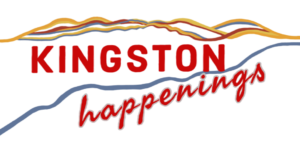

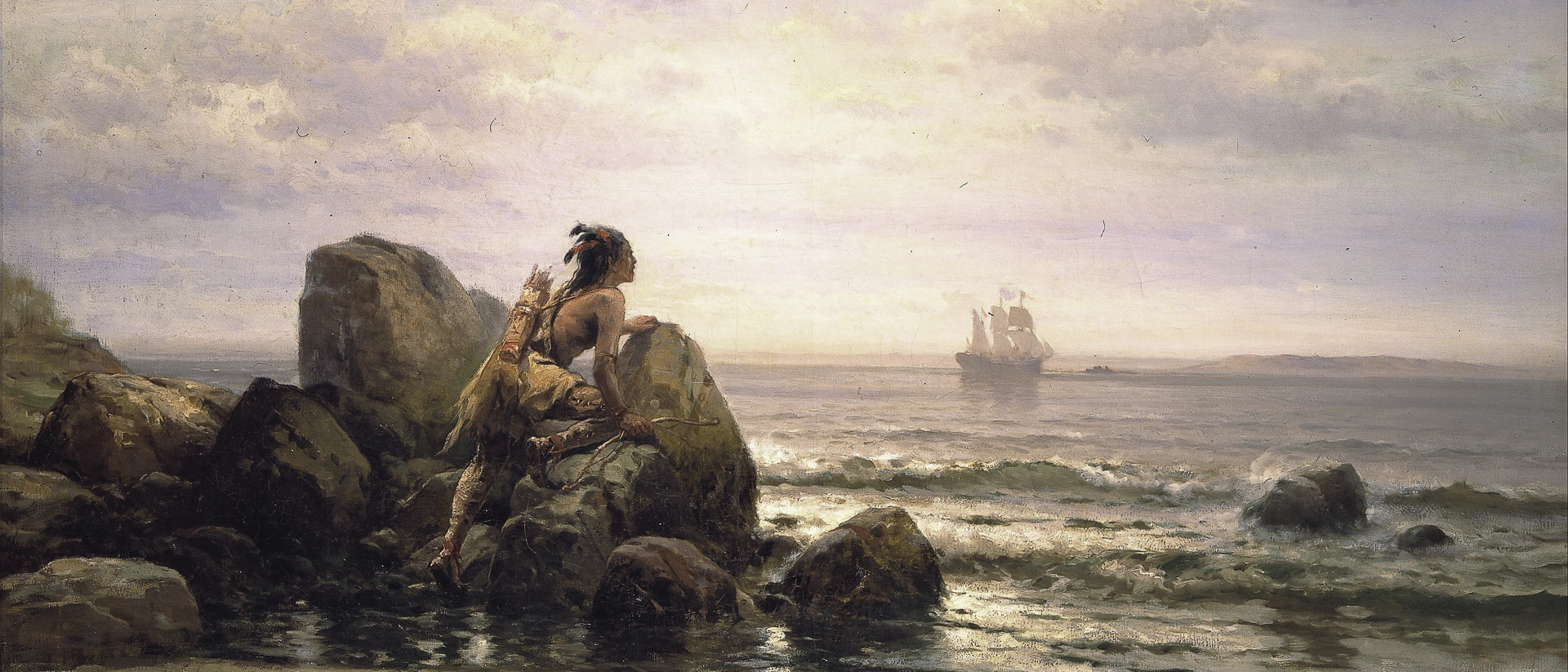


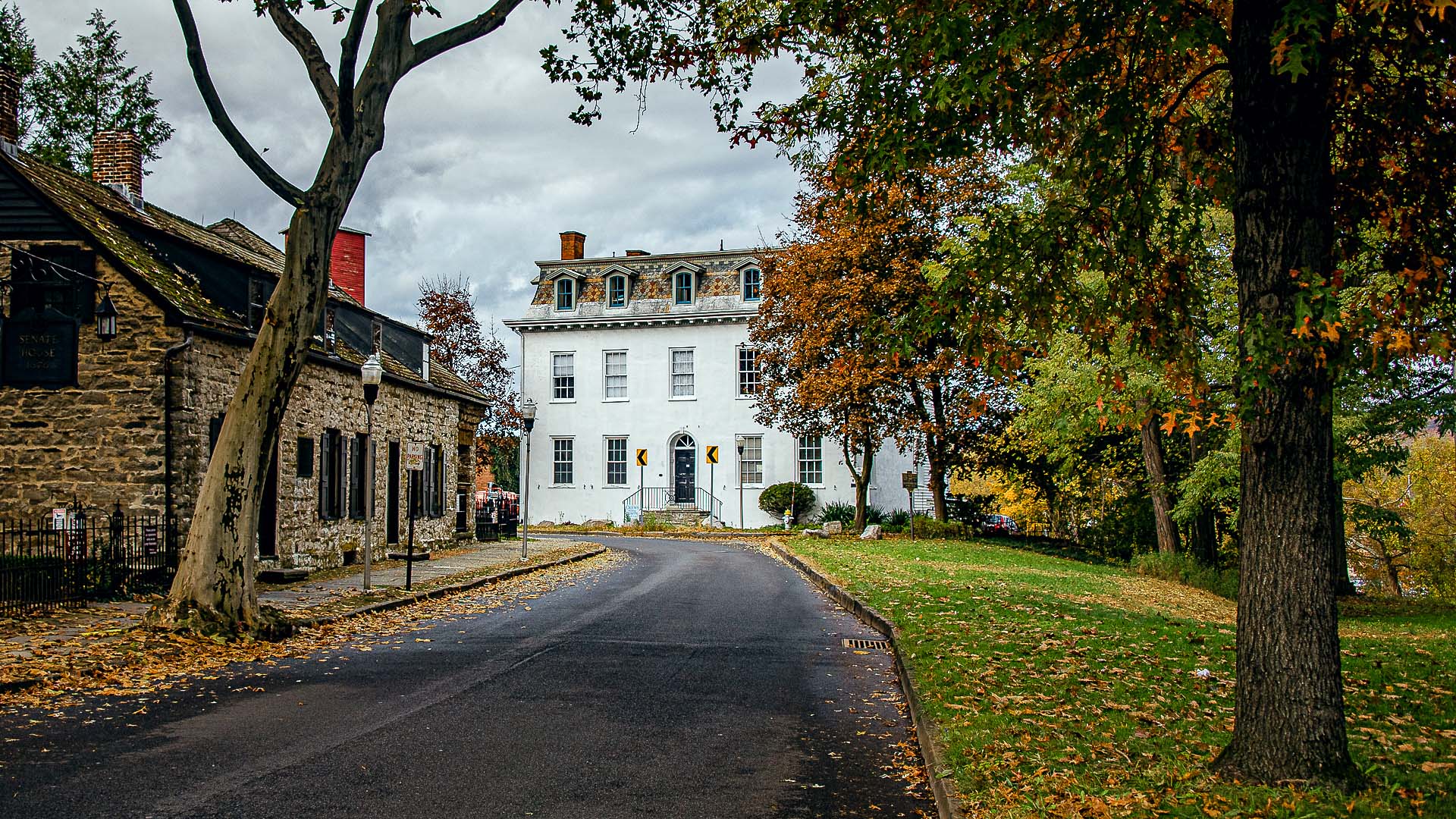
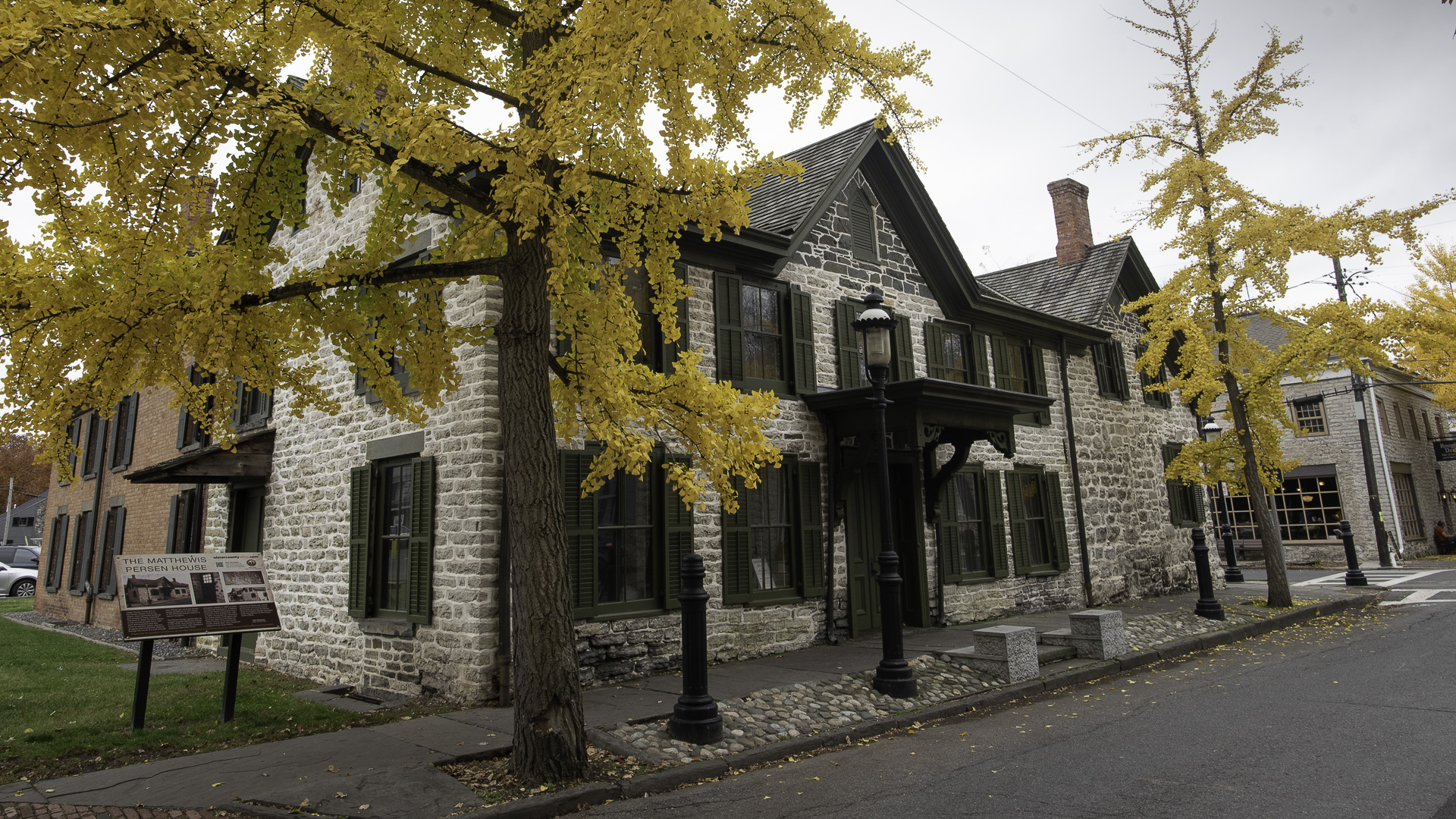
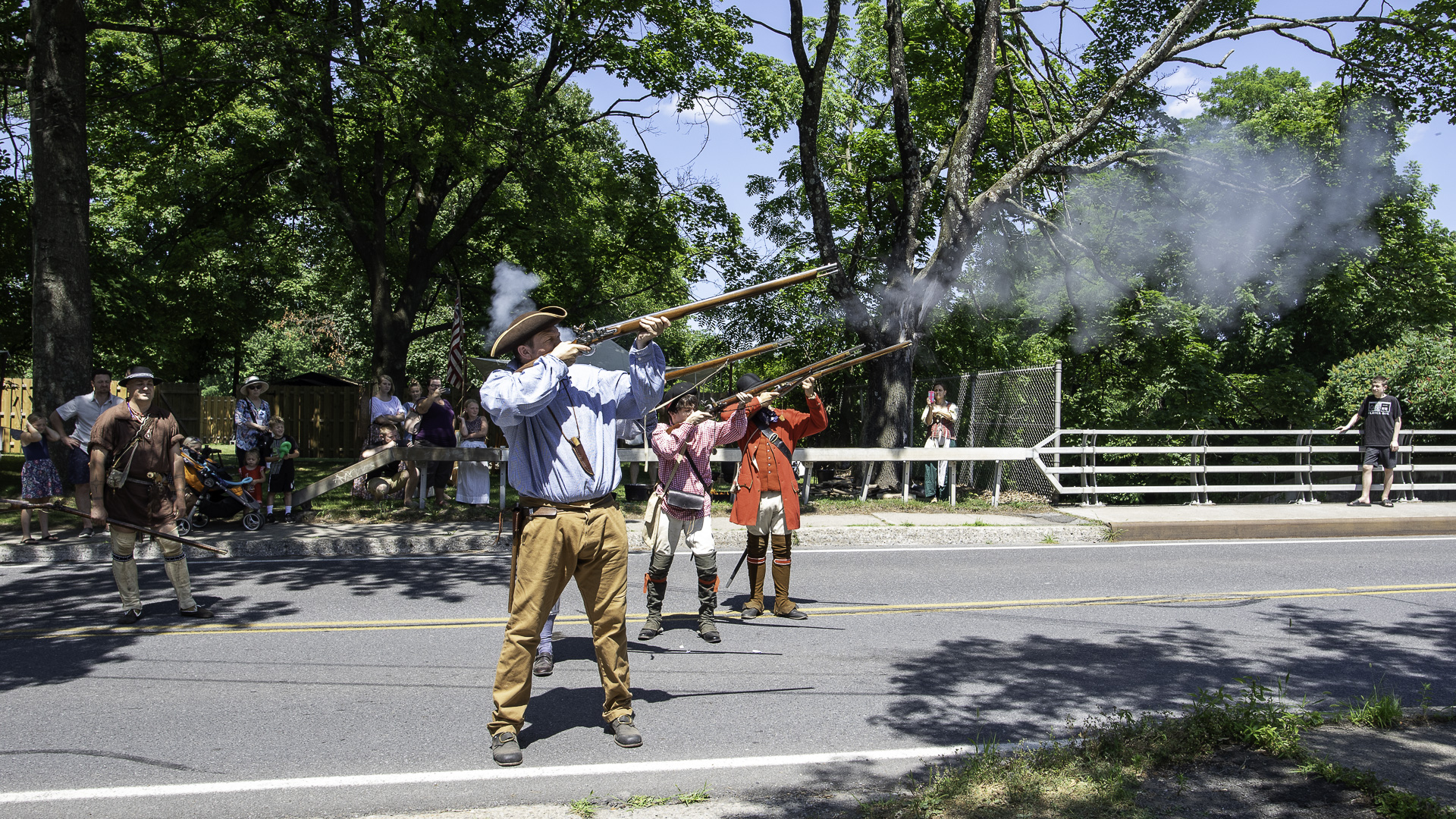
Hurley Heritage Society Museum Hosts Opening Reception for New Exhibit
/in Featured, History, News /byStep Back in Time: Explore Historic Reher’s Bakery!
/in Featured, History, News /byGet ready to journey into Kingston’s past! Starting April 19th, the Reher Center for Immigrant Culture and History is kicking off a new season of fascinating historic tours through their preserved early 20th-century bakery. For nearly a century, the Reher family, Jewish immigrants, ran this very spot, serving up deliciousness to the working-class, immigrant community […]
New Executive Director at The Reher Center: Kira Manso Brown
/in Featured, History, News /byThe Reher Center for Immigrant Culture and History has recently announced Kira Manso Brown as its new Executive Director. In this role, Manso Brown will lead the organization in preserving and interpreting its historic bakery site in Kingston, while driving the strategic vision for the Reher Center’s programs, partnerships, and community engagement. “I am honored […]